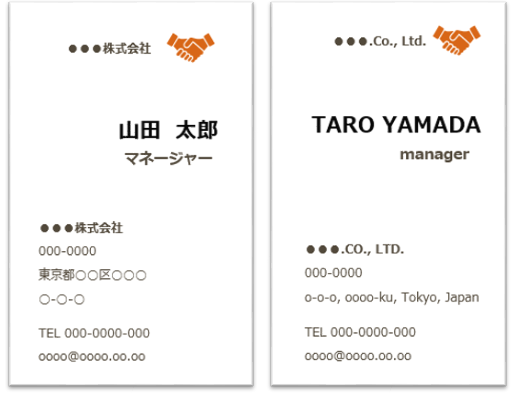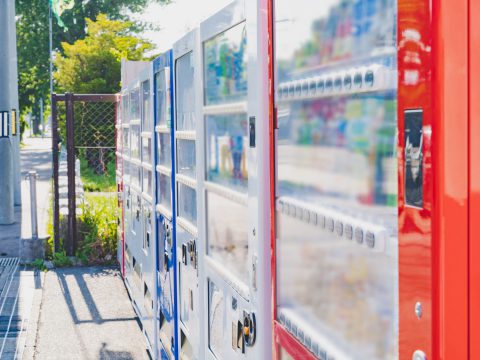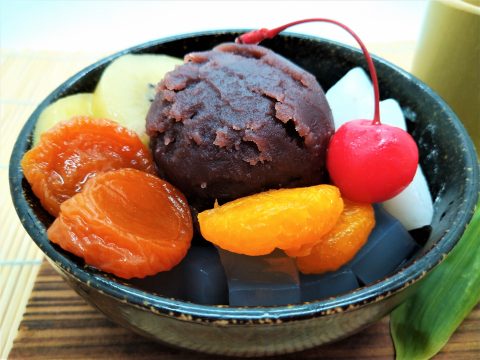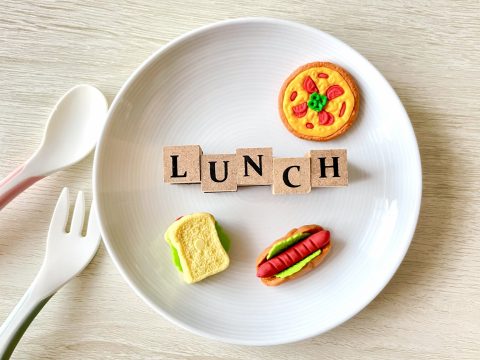STEP 4 Preparation for work in Japan②
WORK’IN JAPAN
31.07.2018
~Business Etiquette You Should Know~
Hello everyone! This is step 4 in “5 steps for working in Japan”
Preparation is always important when you try to do new things.
Especially, as you know, there are very unique cultures in Japan. So let us introduce Japanese unique business cultures in this time as preparation for working in Japan.
Greetings
Needless to say, the bow, おじぎ(ojigi) in Japanese, is a very important in Japan. Especially in business, knowing its importance and performing the bow correctly may provide an advantage when communicating with Japanese colleagues.
There are three ways of bowing and it is important to use it properly.
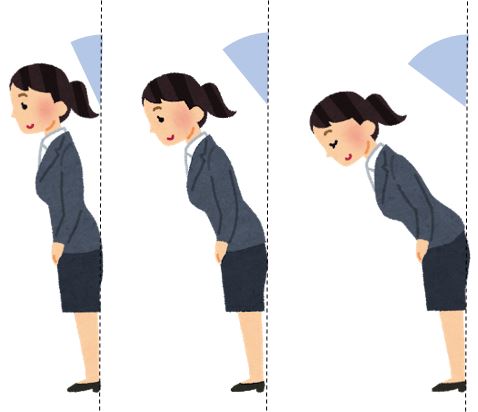
①Greeting bow (えしゃくeshaku), 15 degrees.
Usually performed between people of the same status. They may know each other well, but not well enough to permit a simple nod.
②Respectful bow (けいれいkeirei), 30 degrees.
This bow is deeper than the eshaku. It is performed when bowing to a person of higher status, such as a boss or teacher.
③Deep Respectful Bow (さいけいれいsaikeirei), 45 degrees.
A bow for apologies or asking for favors. It shows a high degree of respect or regret and is not used often.
Rules for exchanging business cards
First of all, let’s study typical Japanese business greeting situation.
It might not be surprising but exchanging business cards are really important in Japanese business scene.
This is what the Japanese business card looks like.
Have double-sided business cards printed, with the Japanese side using the same design elements as the English side.
There is a very traditional manner in which business cards are exchanged in Japan.
Also, you should know about how to exchange since there are some really “Japanese” rules as follows.
Rule-1 Make sure the order to exchange business cards
-In a group of people higher ranking officials should exchange the cards first.
Rule-2 Present and receive it to with both hands on the card.
-Make sure your cards are facing towards the receiver so that they can read the text.
-Present and receive the card with two hands. (Present your card Japanese side up.)
-It is really important to stand up straight and slightly bow
Rule-3 Receiving your client’s business card.
-Be sure to show them the same respect. This means it’s best to receive Japanese business cards from your clients with both hands.
Telephone etiquette in Japan
Let us introduce some of most useful phrases when you pick up the phone.
◆Osewa ni natte orimasu. – お世話になっております。(We always appreciate your support. )
*This is a set expression. When you make a call, always use this expression even when you call a company for the first time. If the caller says this, repeat it even if you don’t know him.
◆Shoushou omachi kudasai. – 少々、お待ちください。(しょうしょう おまちください。)(Please hold on. or Please hang on.)
◆Omatase itashimashita. – お待たせいたしました。(おまたせいたしました。) (Sorry to keep you waiting. )

